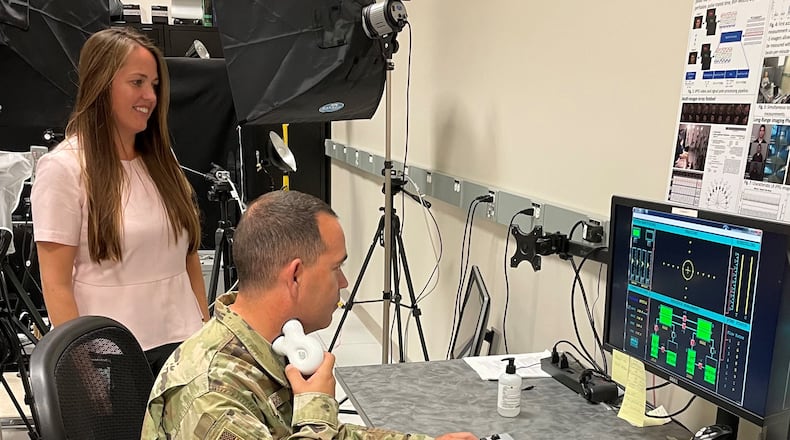The treatment is not invasive and involves no pharmaceuticals. The electroCore-developed “gammaCore” device has been produced in a couple of forms — something resembling a hand-held electric shaver and in another guise, something that looks like a cell phone.
The treatment takes minutes, the researchers say, involving only the holding of the device to one side of the patient’s neck, then the other.
The side effects amounted to no more than reddened skin and perhaps some cramping of muscles, effects that disappeared as soon as the stimulation ended, the researchers claim.
“We feel like this is really a game changer for the military. It’s a different way to approach fatigue and long duty hours. And we hope that this gets people thinking differently and move away from caffeine,” McIntire said in a recent interview.
Indeed, she sees applicability to any field with long, demanding hours — health care and transportation among them.
“This is to us very, very exciting, because it’s super easy to do,” McKinley said. “It’s extremely low risk, and you get these very large effects — and enduring effects, which is nice.”
The two Air Force Research Laboratory researchers recently published their work in the journal Communications Biology.
In one NASA-funded study, pilots and active-duty military personnel who participated saw good results, being able to identify targets faster, learn with greater speed, achieving results lasting longer than a cup of coffee, the researchers say.
One study involved keeping pilots awake for 34 hours. Twelve hours after the stimulation, researchers found participants still enjoyed faster reaction times.
McKinley said the use of “energy drinks” with sugar and caffeine is prevalent on a lot of military bases — as it is in the civilian world.
But those drinks come with side effects, making some people “jittery, nervous and anxious, fast heart rates, high blood pressure,” he said.
“You don’t have the same side effects with the vagal nerve stimulation,” he said.
“When I drink coffee, I don’t feel as focused,” McIntire said.
It’s too soon to talk in detail about a pathway to the civilian market for this kind of device, but McKinley said he and colleagues are speaking with manufacturers about the possibilities of a widely available stimulant mechanism.
Some currently available neuro-stimulation devices range in price from $180 to $1,800.
“What we are thinking is there could be an alternative device that’s not used to treat a medical ailment, more of a wellness device that could be had much cheaper,” McKinley said.
These are still early days in the research, say those involved. More work is needed to replicate results and answer questions. Neither FDA approval nor clinical trials would necessarily be required for “wellness devices,” McKinley said
The next steps: More research, more field studies and a continued search for advancements in the arena of focus.
“This is definitely one of our technologies where the research is growing,” McKinley said.
About the Author


